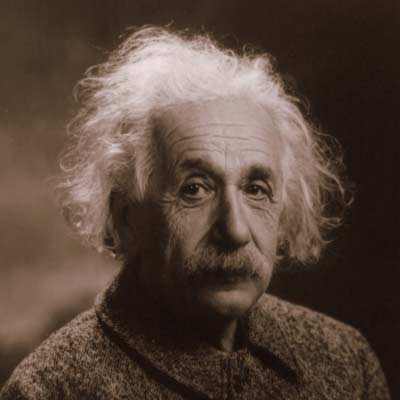return to homepage Why the Transforms of Special Relativity
are not Symmetrical
by Miles Mathis
In several papers I have done a rigorous mathematical analysis of the equations of Special Relativity. One of the first findings of this analysis has been that Einstein failed to assign a v' from the beginning. Professional physicists have ignored this analysis, telling me that SR is known to be symmetrical, by Einstein's first postulate: "The laws of electrodynamics and optics will be valid for all frames of reference for which the equations of mechanics hold good." That is Einstein's wording of it from the 1905 paper. I have been told by jurors at Physical Review and Annalen der Physik that I don't understand Special Relativity and that I should do more reading. I will show here that once again it is the mainstream in Relativity that needs to do more reading and studying, not me.
These physicists tell me that the starting velocity is symmetrical, which is why we have no v'. If I measure your velocity as v, you will measure mine as v. That is true. Under that physical transform, velocity is symmetrical. But you must see that the equations of Special Relativity are not written for that specific transform. SR is not transforming your measurement of me to my measurement of you. In fact, if it were, we would need no transforms at all. If SR were really symmetrical in this way, we would need no t' or x' either. The actual transformational equations of SR are transforming local measurements into measurements at a distance, and there is no symmetry between those operations of measurement.
Yes, Einstein's postulate 1 is correct, if it is read correctly. The mechanical laws are valid in all frames, and you can take any frame you like as being at rest. In this sense, the laws are symmetrical. But if the operation of measurement is not symmetrical between these systems, then the transforms cannot be symmetrical either. That is, the laws are always symmetrical, but the “equations of mechanics” are symmetrical only when the physical operations between the systems are analogous. In transforming length and time and mass in one system to another, the operations are not analogous. In Einstein's transformations, we choose quite freely to measure from one system or the other. We can choose either one, but we must choose one or the other. Once we do, the symmetry is broken, because the measured system is not measuring us back. The transform is between “local numbers” and “measured-at-a-distance numbers.” There is no symmetry between those numbers. Velocity is a calculated number, not a law of physics.
This means that although Einstein's postulate 1 is still correct and valid, the velocity is not symmetrical across the transforms. Yes, there is a symmetry between “you measure my velocity” and “I measure your velocity”, but you are not measuring my velocity in the transforms. You are also not measuring my time or length or distance traveled or mass. All the measuring is going in one direction only. For this reason, we do have two velocities from the start, v and v', and they are not the same number.
The laws of SR are symmetrical. The transforms of SR—the actual transforms we use—are not. Because the transforms are not symmetrical, and the operations of measurement are not symmetrical, the velocities cannot be symmetrical either. The variable v is part of the transform itself. A non-symmetrical set of equations cannot include a variable that is defined as symmetrical. You cannot have time and distance variables defined as non-symmetrical (as they are), and then define the velocity as symmetrical—when velocity is defined by time and distance.
This should be very clear by now, after all I have written. It should have been clear from the beginning. It is nearly beyond belief that Einstein did not catch this error, and it is even more surprising that Russell, Minkowski, Born, Bohr, Heisenberg, Hilbert, Klein, Weyl, Pauli, Dirac, Feynman, and a thousand others did not catch it. It is nearly beyond belief that the jurors of the top journals cannot follow this simple argument. My only hope is to keep saying it, in as many different ways as I can, and as simply as I can.
A fantastic error has been made, and the longer it goes uncorrected the more embarrassing it will be. These living physicists want to protect their mentors and heroes from this embarrassment, but in shielding them from it, they are only adding their own names to the list.